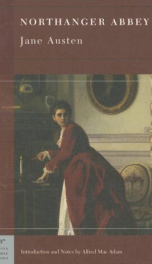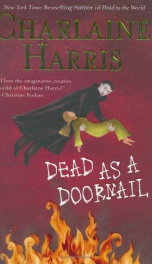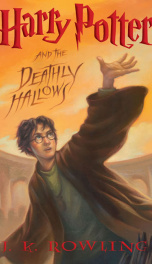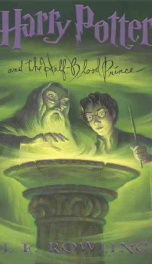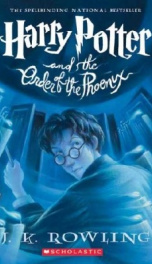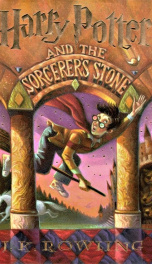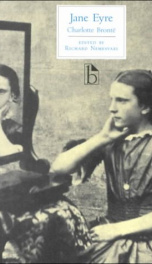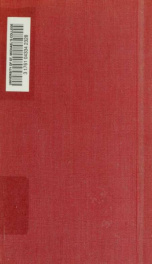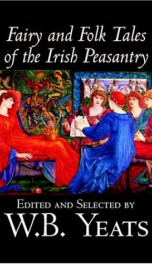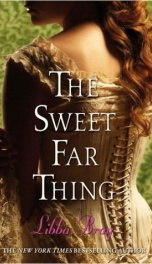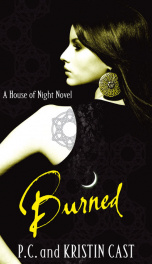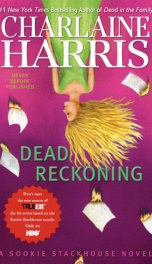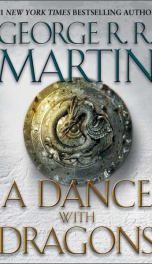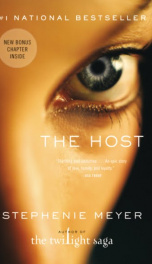Austen Jane
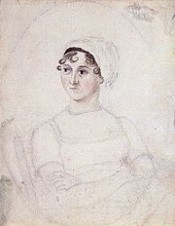
Jane Austen (16 December 1775 – 18 July 1817) was an English novelist, whose realism, biting social commentary and use of free indirect speech have earned her a place as one of the most widely read and most beloved writers in English literature.[1] Austen lived her entire life as part of a small and close-knit family located on the lower fringes of English gentry.[2] She was educated primarily by her father and older brothers as well as through her own reading. The steadfast support of her family was critical to Austen's development as a professional writer.[3] Austen's artistic apprenticeship lasted from her teenage years until she was about thirty-five years old. During this period, she experimented with various literary forms, including the epistolary novel which she tried and then abandoned, and wrote and extensively revised three major novels and began a fourth.[B] From 1811 until 1816, with the release of Sense and Sensibility (1811), Pride and Prejudice (1813), Mansfield Park (1814) and Emma (1816), she achieved success as a published writer. She wrote two additional novels, Northanger Abbey and Persuasion, both published posthumously in 1818, and began a third, which was eventually titled Sanditon, but died before completing it. Austen's works critique the novels of sensibility of the second half of the eighteenth century and are part of the transition to nineteenth-century realism.[4][C] Austen's plots, though fundamentally comic,[5] highlight the dependence of women on marriage to secure social standing and economic security.[6] Like those of Samuel Johnson, one of the strongest influences on her writing, her works are concerned with moral issues.[7] During Austen's lifetime, because she chose to publish anonymously, her works brought her little personal fame and only a few positive reviews. Through the mid-nineteenth century, her novels were admired only by members of the literary elite. However, the publication of her nephew's A Memoir of Jane Austen in 1869 introduced her to a wider public as an appealing personality and kindled popular interest in her works. By the 1940s, Austen was widely accepted in academia as a "great English writer". The second half of the twentieth century saw a proliferation of Austen scholarship, which explored many aspects of her novels: artistic, ideological, and historical. In popular culture, a Janeite fan culture has developed, centered on Austen's life, her works, and the various film and television adaptations of them. Biographical information concerning Jane Austen is "famously scarce", according to one biographer.[8] Only some personal and family letters remain (by one estimate only 160 out of Austen's 3,000 letters are extant),[9] and her sister Cassandra (to whom most of the letters were originally addressed) burned "the greater part" of the ones she kept and censored those she did not destroy.[10] Other letters were destroyed by the heirs of Admiral Francis Austen, Jane's brother.[11] Most of the biographical material produced for fifty years after Austen's death was written by her relatives and reflects the family's biases in favour of "good quiet Aunt Jane". Scholars have unearthed little information since.[12] William George Austen (1731–1805), and his wife, Cassandra (1739–1827), were members of substantial gentry families.[13] George was descended from a family of woollen manufacturers which had risen through the professions to the lower ranks of the landed gentry.[14] Cassandra was a member of the prominent Leigh family; they married on 26 April 1764 at Walcot Church in Bath.[15] From 1765 until 1801, that is, for much of Jane's life, George Austen served as the rector of the Anglican parishes at Steventon, Hampshire[16] and a nearby village. From 1773 until 1796, he supplemented this income by farming and by teaching three or four boys at a time who boarded at his home.[17] Austen's immediate family was large: six brothers—James (1765–1819), George (1766–1838), Edward (1767–1852), Henry Thomas (1771–1850), Francis William (Frank) (1774–1865), Charles John (1779–1852)—and one sister, Elizabeth Cassandra (1773–1845), who, like Jane, died unmarried. Cassandra was Austen's closest friend and confidante throughout her life.[18] Of her brothers, Austen felt closest to Henry, who became a banker and, after his bank failed, an Anglican clergyman. Henry was also his sister's literary agent. His large circle of friends and acquaintances in London included bankers, merchants, publishers, painters, and actors: he provided Austen with a view of social worlds not normally visible from a small parish in rural Hampshire.[19] George was sent to live with a local family at a young age because, as Austen biographer Le Faye describes it, he was "mentally abnormal and subject to fits".[20] He may also have been deaf and mute.[20] Charles and Frank served in the navy, both rising to the rank of admiral. Edward was adopted by his fourth cousin, Thomas Knight, inheriting Knight's estate and taking his name in 1812.[21] Austen was born on 16 December 1775 at Steventon rectory and publicly christened on 5 April 1776.[23] After a few months at home, her mother placed Austen with Elizabeth Littlewood, a woman living nearby, who nursed and raised Austen for a year or eighteen months.[24] In 1783, according to family tradition, Jane and Cassandra were sent to Oxford to be educated by Mrs. Ann Cawley and they moved with her to Southampton later in the year. Both girls caught typhus and Jane nearly died.[25] Austen was subsequently educated at home, until leaving for boarding school with her sister Cassandra early in 1785. The school curriculum probably included some French, spelling, needlework, dancing and music and, perhaps, drama. By December 1786, Jane and Cassandra had returned home because the Austens could not afford to send both of their daughters to school.[26] Austen acquired the remainder of her education by reading books, guided by her father and her brothers James and Henry.[27] George Austen apparently gave his daughters unfettered access to his large and varied library, was tolerant of Austen's sometimes risqué experiments in writing, and provided both sisters with expensive paper and other materials for their writing and drawing.[28] According to Park Honan, a biographer of Austen, life in the Austen home was lived in "an open, amused, easy intellectual atmosphere" where the ideas of those with whom the Austens might disagree politically or socially were considered and discussed.[29] After returning from school in 1786, Austen "never again lived anywhere beyond the bounds of her immediate family environment".[30] Private theatricals were also a part of Austen's education. From when she was seven until she was thirteen, the family and close friends staged a series of plays, including Richard Sheridan's The Rivals (1775) and David Garrick's Bon Ton. While the details are unknown, Austen would certainly have joined in these activities, as a spectator at first and as a participant when she was older.[31] Most of the plays were comedies, which suggests one way in which Austen's comedic and satirical gifts were cultivated.[32] Perhaps as early as 1787, Austen began to write poems, stories, and plays for her own and her family's amusement.[33] Austen later compiled "fair copies" of 29 of these early works into three bound notebooks, now referred to as the Juvenilia, containing pieces originally written between 1787 and 1793.[34] There is manuscript evidence that Austen continued to work on these pieces as late as the period 1809–11, and that her niece and nephew, Anna and James Edward Austen, made further additions as late as 1814.[35] Among these works are a satirical novel in letters titled Love and Freindship [sic], in which she mocked popular novels of sensibility,[36] and The History of England, a manuscript of 34 pages accompanied by 13 watercolour miniatures by her sister Cassandra. Austen's History parodied popular historical writing, particularly Oliver Goldsmith's History of England (1764).[37] Austen wrote, for example: "Henry the 4th ascended the throne of England much to his own satisfaction in the year 1399, after having prevailed on his cousin & predecessor Richard the 2nd, to resign it to him, & to retire for the rest of his Life to Pomfret Castle, where he happened to be murdered."[38] Austen's Juvenilia are often, according to scholar Richard Jenkyns, "boisterous" and "anarchic"; he compares them to the work of eighteenth-century novelist Laurence Sterne and the twentieth-century comedy group Monty Python.[39] As Austen grew into adulthood, she continued to live at her parents' home, carrying out those activities normal for women of her age and social standing: she practiced the pianoforte, assisted her sister and mother with supervising servants, and attended female relatives during childbirth and older relatives on their deathbeds.[40] She sent short pieces of writing to her newborn nieces Fanny Catherine and Jane Anna Elizabeth.[41] Austen was particularly proud of her accomplishments as a seamstress.[42] She also attended church regularly, socialized frequently with friends and neighbours,[43] and read novels—often of her own composition—aloud with her family in the evenings. Socializing with the neighbours often meant dancing, either impromptu in someone's home after supper or at the balls held regularly at the assembly rooms in the town hall.[44] Her brother Henry later said that "Jane was fond of dancing, and excelled in it".[45] In 1793, Austen began and then abandoned a short play, later entitled Sir Charles Grandison or the happy Man, a comedy in 6 acts, which she returned to and completed around 1800. This was a short parody of various school textbook abridgments of Austen's favourite contemporary novel, The History of Sir Charles Grandison (1753), by Samuel Richardson.[46] Honan speculates that at some point not long after writing Love and Freindship [sic] in 1789, Austen decided to "write for profit, to make stories her central effort", that is, to become a professional writer.[47] Whenever she made that decision, beginning in about 1793, Austen began to write longer, more sophisticated works.[47]
do you like this author?
What readers are saying
What do you think? Write your own comment on this book!
write a commentWhat readers are saying
What do you think? Write your own comment on this author!
write a commentBook list
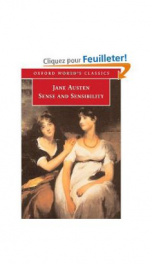
sense and sensibility
Series:
Unknown
Year:
Unknown
Raiting:
5/5
portrays the life and loves of the Dashwood sisters, Elinor and Marianne. The novel follows the young ladies to their new home, a meagre cottage on a distant relative's property, where they experience love, romance and heartbreak. The philosophical resolution of the novel is ambiguous: the reader must decide whether sense and sensibility have truly merged
Show more
add to favoritesadd In favorites

Raison et Sensibilité (tome quatrième)ou les deux manièress d'aimer
Series:
Unknown
Year:
Unknown
Raiting:
5/5
Show more
add to favoritesadd In favorites

Raison et sensibilité (tome troisième)ou les deux manières d'aimer
Series:
Unknown
Year:
Unknown
Raiting:
4/5
Show more
add to favoritesadd In favorites
Book list

sense and sensibility
Series:
Unknown
Year:
Unknown
Raiting:
5/5
portrays the life and loves of the Dashwood sisters, Elinor and Marianne. The novel follows the young ladies to their new home, a meagre cottage on a distant relative's property, where they experience love, romance and heartbreak. The philosophical resolution of the novel is ambiguous: the reader must decide whether sense and sensibility have truly merged
Show more
add to favoritesadd In favorites

Raison et Sensibilité (tome quatrième)ou les deux manièress d'aimer
Series:
Unknown
Year:
Unknown
Raiting:
5/5
Show more
add to favoritesadd In favorites

Raison et sensibilité (tome troisième)ou les deux manières d'aimer
Series:
Unknown
Year:
Unknown
Raiting:
4/5
Show more
add to favoritesadd In favorites

Raison et sensibilité (tome second)ou les deux manières d'aimer
Series:
Unknown
Year:
Unknown
Raiting:
2.5/5
Show more
add to favoritesadd In favorites

Raison et sensibilité (tome premier)
ou les deux manières d'aimer
Series:
Unknown
Year:
Unknown
Raiting:
2.5/5
Show more
add to favoritesadd In favorites

The Complete Project Gutenberg Works of Jane AustenA Linked Index of all PG Editions of Jane Austen
Series:
Unknown
Year:
Unknown
Raiting:
3/5
Show more
add to favoritesadd In favorites

Sense and Sensibility
Series:
Unknown
Year:
Unknown
Raiting:
4/5
First published in 1811, Sense and Sensibility was Austen's first published novel, which she wrote under the pseudonym "A Lady".
The plot revolves around Elinor and Marianne, two daughters of Mr Dashwood by his second wife. They have a younger sister, Margaret, and an older half-brother named John. When their father dies, the family estate passes to John, and the Dashwood women are left in reduced circumstances. The novel follows the Dashwood sisters to their new home, a cottage on a distant relative's property, where they experience both romance and heartbreak. The contrast between the sisters' characters is eventually resolved as they each find love and lasting happiness. Through the events in the novel, Elinor and Marianne encounter the sense and sensibility of life and love.
Show more
add to favoritesadd In favorites
![Love and Freindship [sic]_cover](/img/standard/standard_book.png)
Love and Freindship [sic]
Series:
Unknown
Year:
Unknown
Raiting:
1/5
This book was converted from its physical edition to the digital format by a community of volunteers. You may find it for free on the web. Purchase of the Kindle edition includes wireless delivery.
Show more
add to favoritesadd In favorites
What readers are saying
What do you think? Write your own comment on this author!
write a commentif you like Austen Jane try:
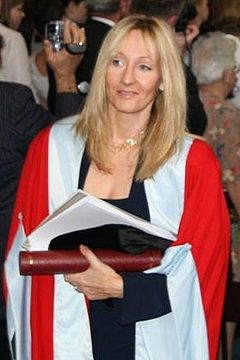
Joanne K. Rowling
(Author)

Sara Gruen
(Author)

Austen, Jane, 1775-1817
(Author)

Tamora Pierce
(Author)
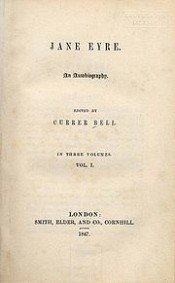
Brontë Charlotte
(Author)

Stephenie Meyer
(Author)

Charlaine Harris
(Author)

Katie Maxwell
(Author)

Kristin Cast
(Author)

Tucker Max & Maddox
(Author)

Brent Weeks
(Author)

P.C. Cast and Kristin Cast
(Author)

Nicholas Sparks
(Author)

Sandra Brown
(Author)

Kristan Higgins
(Author)

Johanna Lindsey
(Author)

Bram Stoker
(Author)

Elizabeth Hoyt
(Author)

Lisa Kleypas
(Author)

Maggie Stiefvater
(Author)

Celeste Bradley
(Author)
readers also enjoyed
What readers are saying
What do you think? Write your own comment on this author!
write a commentGenre
if you like Austen Jane try:
readers also enjoyed
Do you want to exchange books? It’s EASY!
Get registered and find other users who want to give their favourite books to good hands!
